United States Senate elections, 1940 on:
[Wikipedia]
[Google]
[Amazon]
The 1940 United States Senate elections coincided with the
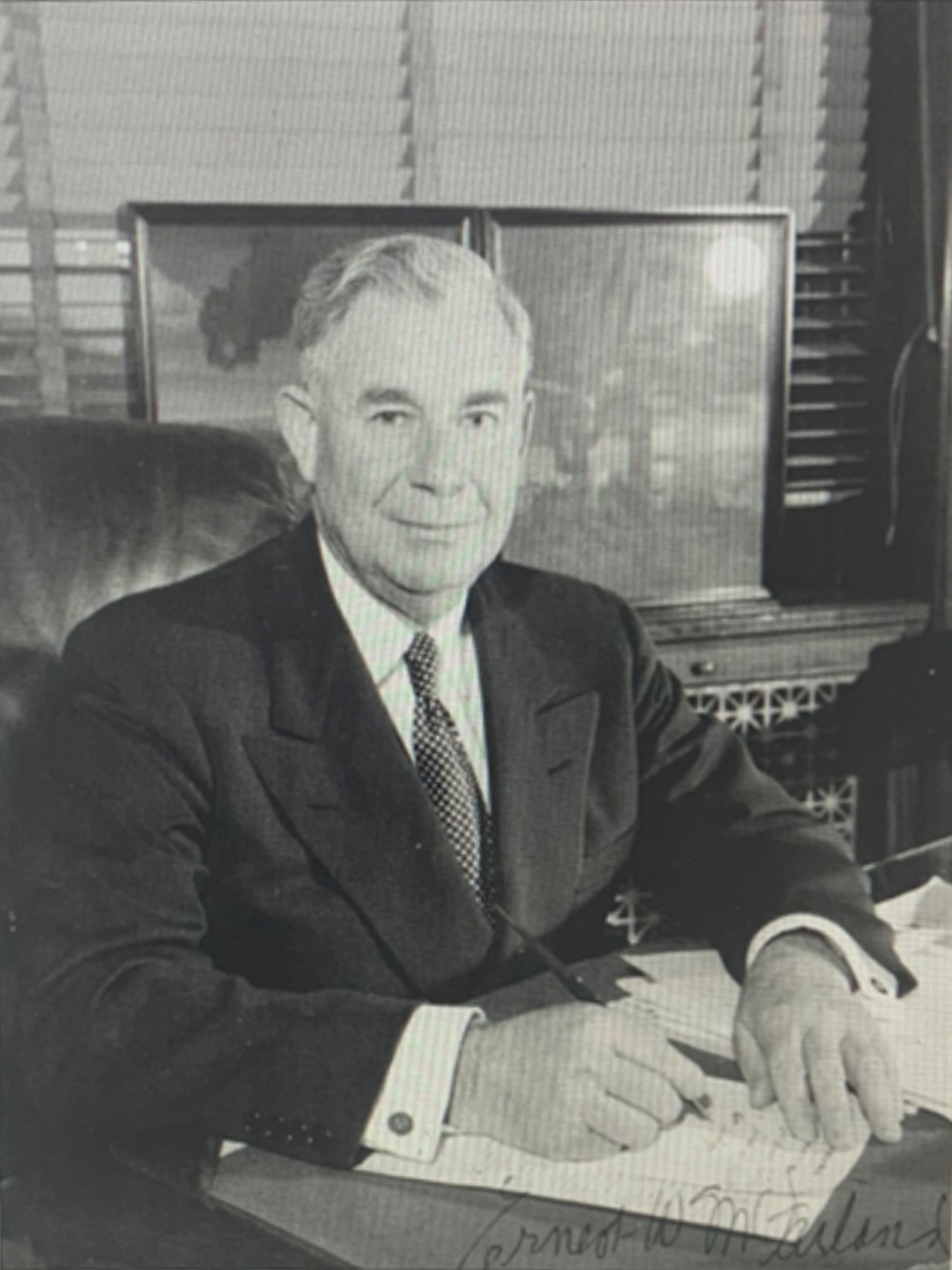
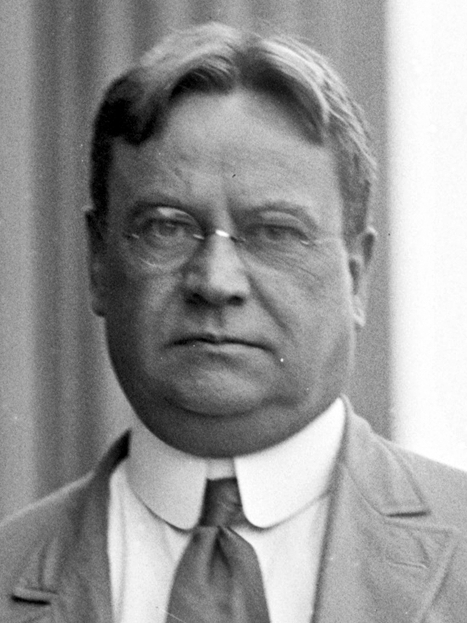



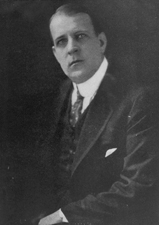


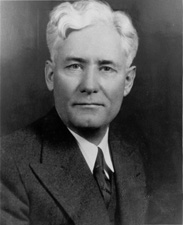


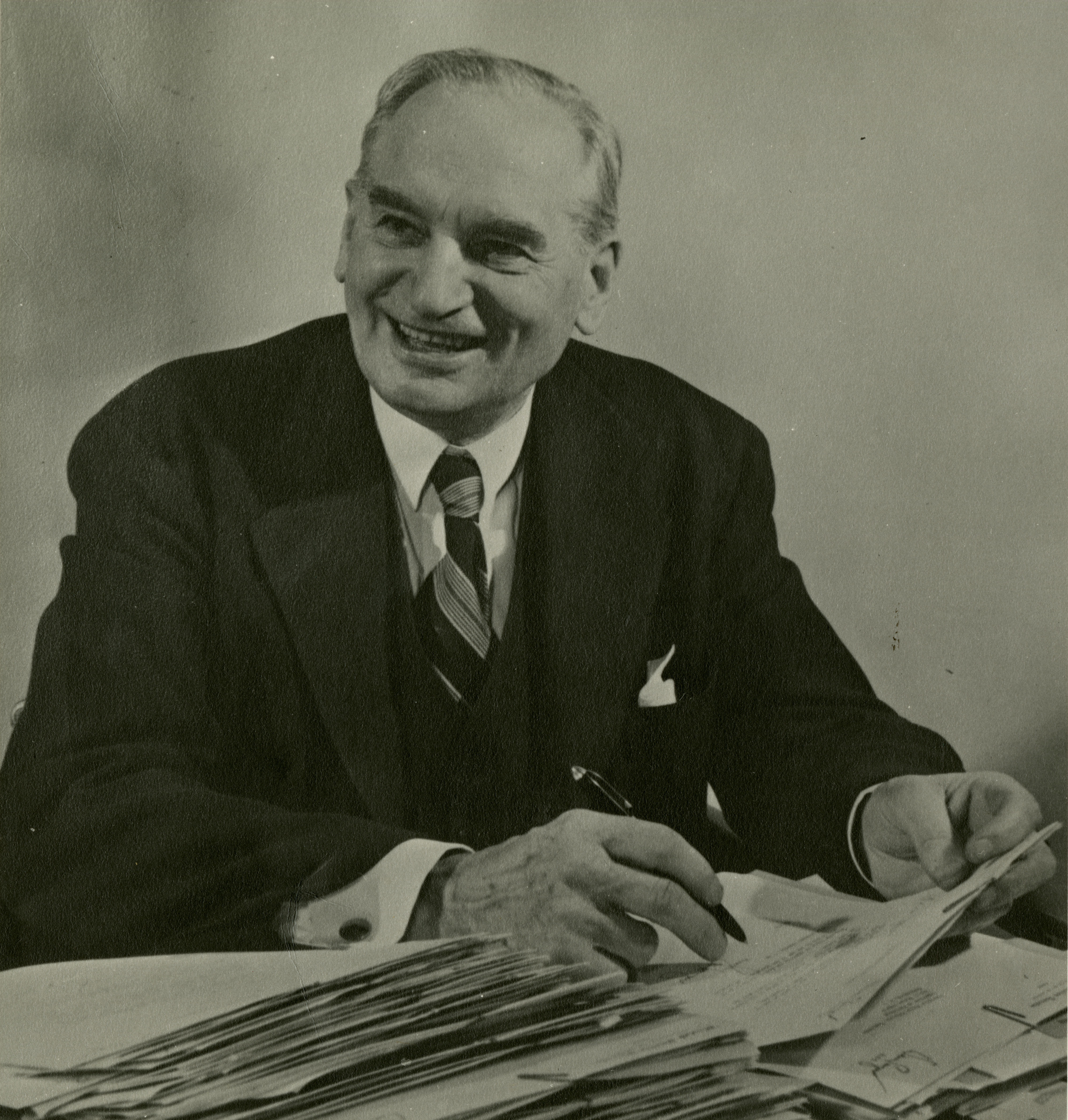
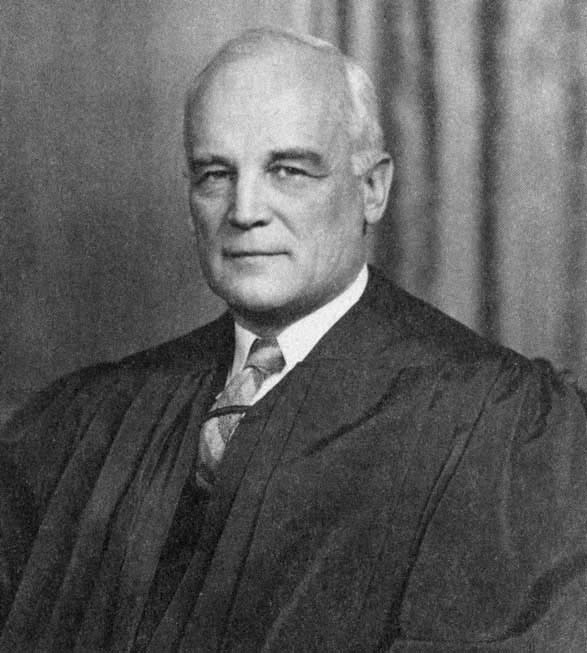

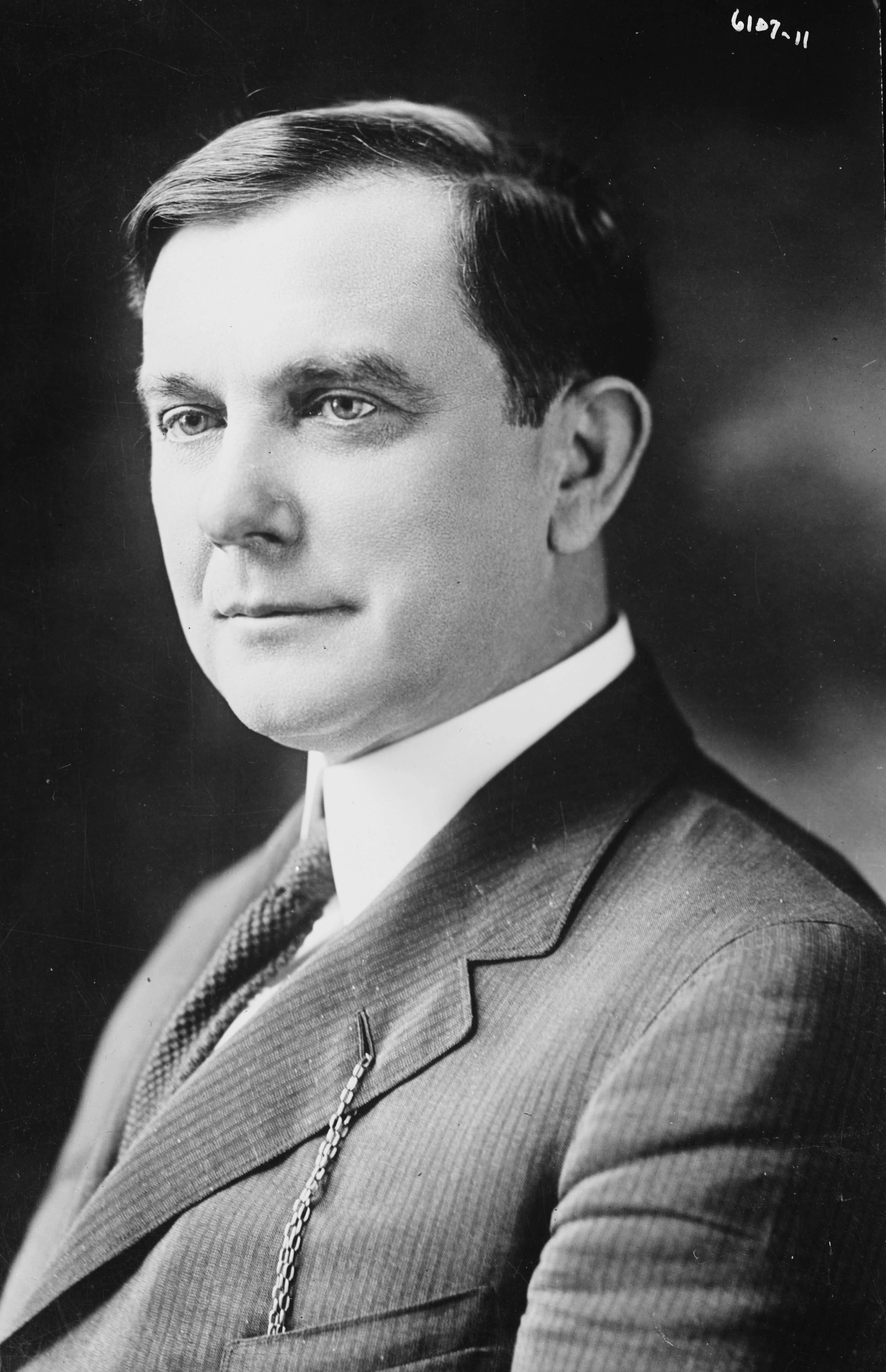






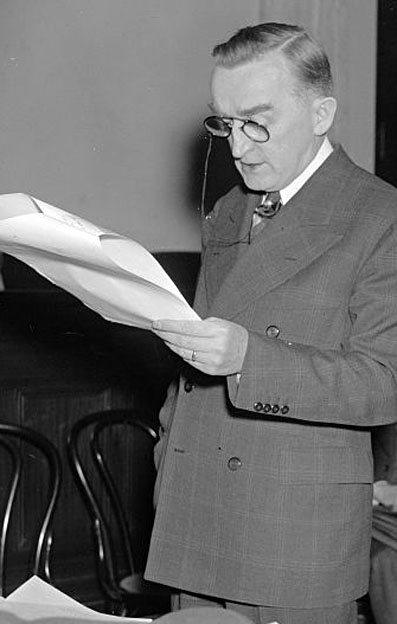
election
An election is a formal group decision-making process by which a population chooses an individual or multiple individuals to hold public office.
Elections have been the usual mechanism by which modern representative democracy has opera ...
of Franklin D. Roosevelt
Franklin Delano Roosevelt (; ; January 30, 1882April 12, 1945), often referred to by his initials FDR, was an American politician and attorney who served as the 32nd president of the United States from 1933 until his death in 1945. As the ...
to his third term as president.
Although Roosevelt was re-elected, support for his administration had dropped somewhat after eight years, and the Republican
Republican can refer to:
Political ideology
* An advocate of a republic, a type of government that is not a monarchy or dictatorship, and is usually associated with the rule of law.
** Republicanism, the ideology in support of republics or agains ...
opposition gained three seats from the Democrats. However, the New Deal Democrats regained firm control of both the House and Senate because Progressives dominated the election. The Minnesota Farmer–Labor Party
The Minnesota Farmer–Labor Party (FL) was a left-wing American political party in Minnesota between 1918 and 1944. Largely dominating Minnesota politics during the Great Depression, it was one of the most successful statewide third party movem ...
also disappeared from the Senate, as Henrik Shipstead
Henrik Shipstead (January 8, 1881June 26, 1960) was an American politician. He served in the United States Senate from 1923 to 1947, from the state of Minnesota. He served first as a member of the Minnesota Farmer-Labor Party from 1923 to 1941 an ...
joined the Republican party and Ernest Lundeen
Ernest Lundeen (August 4, 1878August 31, 1940) was an American lawyer and politician.
Family and education
Lundeen was born and raised on his father's homestead in Brooklyn Township of Lincoln County near Beresford in the Dakota Territory. H ...
had died during the preceding term. Senator Harry S. Truman
Harry S. Truman (May 8, 1884December 26, 1972) was the 33rd president of the United States, serving from 1945 to 1953. A leader of the Democratic Party, he previously served as the 34th vice president from January to April 1945 under Franklin ...
of Missouri
Missouri is a state in the Midwestern region of the United States. Ranking 21st in land area, it is bordered by eight states (tied for the most with Tennessee): Iowa to the north, Illinois, Kentucky and Tennessee to the east, Arkansas t ...
was elected to his final term in the Senate in 1940. Truman resigned in 1945 to serve as President Roosevelt's third Vice President
A vice president, also director in British English, is an officer in government or business who is below the president (chief executive officer) in rank. It can also refer to executive vice presidents, signifying that the vice president is on ...
.
Gains and losses
Republicans had a net gain of three seats in the regular elections, plus one more in a November special election. Four Republican gains came from wins over Democrats: #Indiana
Indiana () is a U.S. state in the Midwestern United States. It is the 38th-largest by area and the 17th-most populous of the 50 States. Its capital and largest city is Indianapolis. Indiana was admitted to the United States as the 19th s ...
: First-term Democrat Sherman Minton
Sherman "Shay" Minton (October 20, 1890 – April 9, 1965) was an American politician and jurist who served as a U.S. senator from Indiana and later became an associate justice of the Supreme Court of the United States; he was a member of the ...
narrowly lost to Republican Raymond E. Willis.
# Nebraska
Nebraska () is a state in the Midwestern region of the United States. It is bordered by South Dakota to the north; Iowa to the east and Missouri to the southeast, both across the Missouri River; Kansas to the south; Colorado to the sout ...
: First-term Democrat Edward R. Burke
Edward Raymond Burke (November 28, 1880November 4, 1968) was an American Democratic Party politician.
Burke moved to Sparta, Wisconsin with his parents and then Beloit, Wisconsin, where he went to Beloit College. Burke graduated in 1906, mov ...
lost renomination to Robert LeRoy Cochran
Robert Leroy "Roy" Cochran (January 28, 1886 – February 23, 1963) was an American Democratic politician and the 24th Governor of Nebraska.
Cochran was born in Avoca, Nebraska, and began his education in a sod school house. After graduating ...
, who then lost the regular election to Republican Hugh Butler.
# Ohio
Ohio () is a state in the Midwestern region of the United States. Of the fifty U.S. states, it is the 34th-largest by area, and with a population of nearly 11.8 million, is the seventh-most populous and tenth-most densely populated. The sta ...
: First-term Democrat A. Victor Donahey retired and was replaced by Republican Harold H. Burton.
# Illinois (Special): Democratic interim appointee James M. Slattery
James Michael Slattery (July 29, 1878 – August 28, 1948) was a United States senator from Illinois.
Born in Chicago, he attended parochial schools and St. Ignatius College (now known as Loyola University Chicago). He was employed as a sec ...
lost to Republican C. Wayland Brooks.
Republicans gained a seat from Farmer–Labor when an incumbent changed party:
# Minnesota
Minnesota () is a state in the upper midwestern region of the United States. It is the 12th largest U.S. state in area and the 22nd most populous, with over 5.75 million residents. Minnesota is home to western prairies, now given over to ...
: Three-term Farmer–Laborite Henrik Shipstead
Henrik Shipstead (January 8, 1881June 26, 1960) was an American politician. He served in the United States Senate from 1923 to 1947, from the state of Minnesota. He served first as a member of the Minnesota Farmer-Labor Party from 1923 to 1941 an ...
was re-elected, but changed party to Republican.
Democrats did win one seat from a Republican:
# Delaware
Delaware ( ) is a state in the Mid-Atlantic region of the United States, bordering Maryland to its south and west; Pennsylvania to its north; and New Jersey and the Atlantic Ocean to its east. The state takes its name from the adjacent Del ...
: Two-term Republican John G. Townsend Jr. lost to Democrat James M. Tunnell.
Change in composition
Before the elections
Election results
Race summaries
Special elections during the 76th Congress
In these special elections, the winner elected during 1940 and seated once qualified; ordered by election date.Races leading to the 77th Congress
In these regular elections, the winners were elected for the term beginning January 3, 1941; ordered by state. All of the elections involved the Class 1 seats.Arizona

California

Connecticut

Delaware
Florida
Idaho (Special)
Illinois (Special)
Indiana
Kentucky (Special)

Maine

Maryland
Massachusetts

Michigan
Minnesota
Mississippi

Missouri
One-term DemocratHarry S. Truman
Harry S. Truman (May 8, 1884December 26, 1972) was the 33rd president of the United States, serving from 1945 to 1953. A leader of the Democratic Party, he previously served as the 34th vice president from January to April 1945 under Franklin ...
was narrowly re-elected. He would only serve until resigning January 17, 1945, to become U.S. Vice President.
Montana

Nebraska

Nevada

New Jersey
New Mexico

New York
The whole ticket nominated by Democrats and American Laborites was elected.North Dakota

Ohio

Pennsylvania
Rhode Island

Tennessee

Texas

Utah

Vermont
There were 2 elections due to the June 20, 1940, death of two-term Republican Ernest Willard Gibson.Vermont (Regular)
Two-term Republican Warren Austin was easily re-elected. He faced no opponents in the primary. Austin served only until his August 2, 1946, resignation to become U.S. Ambassador to the United Nations.Vermont (Special)
Gibson's son, Republican Ernest W. Gibson Jr. was appointed June 24, 1940, to continue his father's term, pending a special election, in which he was not a candidate. Aiken did not take the seat until January 10, 1941, as he wanted to remainGovernor of Vermont
The governor of Vermont is the head of government of Vermont. The officeholder is elected in even-numbered years by direct voting for a term of 2 years. Vermont and bordering New Hampshire are the only states to hold gubernatorial elections every ...
. He would be repeatedly re-elected and serve until his 1975 retirement.
Virginia

Washington

West Virginia

Wisconsin

Wyoming

See also
* 1940 United States elections **1940 United States presidential election
The 1940 United States presidential election was the 39th quadrennial presidential election. It was held on Tuesday, November 5, 1940. Incumbent Democratic President Franklin D. Roosevelt defeated Republican businessman Wendell Willkie to be r ...
** 1940 United States gubernatorial elections
United States gubernatorial elections were held in 1940, in 34 states, concurrent with the United States House elections, 1940, House, United States Senate elections, 1940, Senate elections and 1940 United States presidential election, presidenti ...
** 1940 United States House of Representatives elections
The 1940 United States House of Representatives elections coincided with President Franklin D. Roosevelt's re-election to an unprecedented third term. His Democratic Party narrowly gained seats from the opposition Republican Party, cementing th ...
* 76th United States Congress
* 77th United States Congress
The 77th United States Congress was a meeting of the legislative branch of the United States federal government, composed of the United States Senate and the United States House of Representatives. It met in Washington, DC from January 3, 1941, ...
Notes
References
{{1940 United States elections